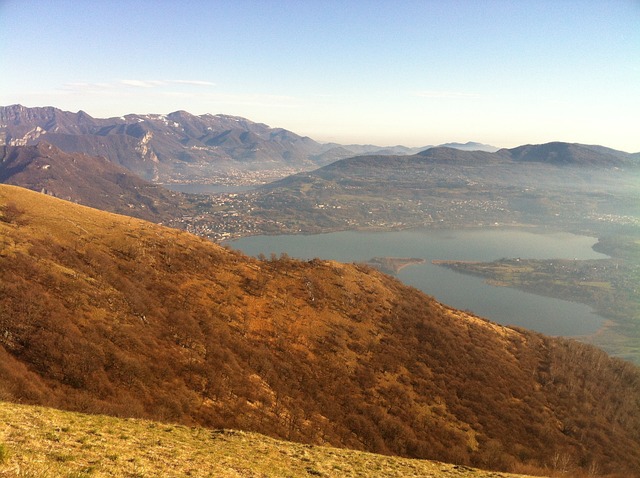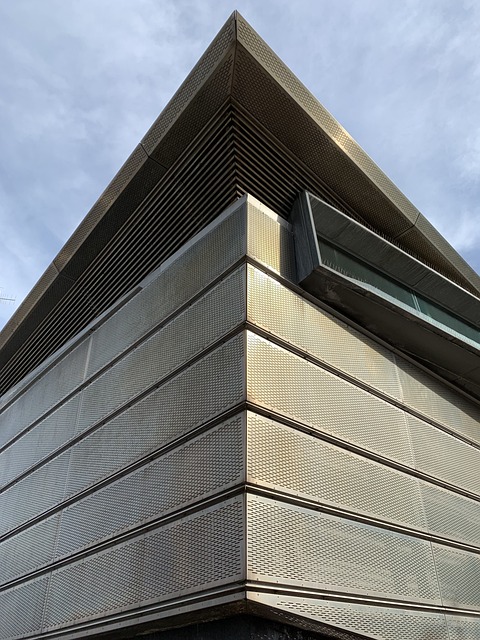A Day of Color and Creativity: Visit an Art Museum Today
Art museums are often seen as simple repositories of beautiful pieces from historical artists, but they offer so much more. They are dynamic spaces that foster creativity, inspire curiosity, and provoke thought. A visit to an art museum is not just an activity—it’s an experience that can shift your perspective, deepen your understanding of culture, and stimulate your imagination. In this article, we’ll explore why you should consider visiting an art museum today and how to make the most of your time there.
The Allure of Art Museums
The mere idea of stepping into an art museum can spark excitement. The towering walls filled with vibrant colors, intricate sculptures, and the serene atmosphere create a perfect sanctuary for creativity. Whether you are an art aficionado or someone who just enjoys a day out, an art museum opens the door to a world where the imagination knows no bounds.
Art museums house a treasure trove of artistic expression across various mediums, styles, and epochs. Each corner tells a story—inviting viewers to connect with the art and the artist on a personal level. The diversity of artworks—from classic masterpieces to contemporary installations—invokes a sense of wonder, encouraging visitors to engage with the pieces in meaningful ways.
Benefits of Visiting an Art Museum
Visiting an art museum offers more than just eye candy; it comes with a plethora of benefits that can enrich your life in various aspects:
1. Fostering Creativity
Art has always been a source of inspiration. Engaging with diverse forms of art can ignite your own creativity. Whether it’s a painting that resonates with your emotions or a sculpture that intrigues your intellect, being surrounded by various artistic expressions can help you think outside the box. It might even motivate you to pick up a paintbrush, try photography, or start crafting.
2. Learning Opportunities
Museums often host educational programs, workshops, and guided tours that can deepen your understanding of art history, techniques, cultural contexts, and more. By taking part in these activities, you gain knowledge that enhances your appreciation for the works you’re seeing. Most museums provide informative plaques beside artworks, which give valuable context that can transform your experience from passive observation to active engagement.
3. Emotional Connection
Art can evoke powerful emotions. It can make you feel joy, sorrow, nostalgia, or even anger, allowing you to explore your feelings in a safe environment. A striking piece of art can be profoundly moving, serving as a mirror of your own experiences or a window into another’s perspective. This emotional engagement can lead to personal reflection and growth.
4. Social Interaction
Art museums can also be social spaces. They often attract various groups of people—friends, families, couples, or school trips. Sharing your thoughts about art encourages discussion, sparks ideas, and can lead to new friendships. Organized events like gallery talks, film screenings, or panel discussions provide opportunities to meet like-minded individuals who share your passion for the arts.
5. Cultural Appreciation
Art is not created in a vacuum. Each piece is a reflection of its culture and time, representing different societal issues, traditions, and values. When you visit an art museum, you have the chance to explore and appreciate cultures around the world. This exposure fosters empathy and understanding, allowing you to connect with humanity on a deeper level.
Planning Your Visit
A successful visit to an art museum starts with some planning. Here are some essential tips to make the most of your day:
Choose the Right Museum
Research local art museums or galleries and consider what type of art intrigues you most. Some museums focus on historical works, while others specialize in contemporary pieces. There might even be traveling exhibitions worth checking out. Choose a museum that aligns with your interests to ensure a fulfilling experience.
Check the Schedule
Before you go, check the museum’s calendar for any special exhibitions or events happening on the day of your visit. Many museums host talks or workshops that can enhance your journey through the art world. Don’t miss the chance to participate in a guided tour, where knowledgeable docents can add context and depth to your experience.
Plan Your Time
Art museums can be vast, often requiring several hours to fully appreciate the exhibits. Allocate specific time blocks for different sections of the museum, but remain flexible. If you discover a piece that truly captivates you, take the time to sit and absorb its essence. Remember, art is best enjoyed at your own pace.
Engage Actively
As you explore the museum, take the time to engage with the art. Ask questions, envision the artist’s process, or reflect on what the piece conveys. Some museums offer interactive installations that allow for a hands-on approach to understanding art. Embrace these opportunities, as they significantly enhance your experience.
Take Breaks
Art appreciation can be mentally taxing, especially if you are diving into deep concepts or emotional landscapes. Allow yourself to take breaks by visiting the museum café or resting in designated quiet areas. These pauses can help you recharge, enabling you to return to the exhibits with renewed curiosity and engagement.
Exploring the Art
Once you are in the museum, it’s time to immerse yourself in the artwork. Whether you’re strolling through the grand atriums filled with sculptures or standing before Silvaner, a challenging installation piece, allow yourself to explore in a free-flowing manner. Here are some types of art you might encounter:
Paintings
From the fluid brushstrokes of the Impressionists to the bold colors of Abstract Expressionism, paintings can evoke a wide range of emotions and thoughts. Take your time and reflect on the use of color, technique, and subject matter. Consider the historical context in which the artist created the work and what message they might be conveying.
Sculptures
Sculpture invites you to view art from various angles, allowing you to explore depth in form. Whether it’s a classical marble statue or a contemporary installation constructed from unexpected materials, observe how the shape interacts with light and space. Many sculptures are designed to change depending on how you view them.
Photography
Photography as a form of art allows for the documentation of life in a unique way. It can capture the sublime, mundane, the beautiful, or the tragic. Explore the stories that the photographs narrate—what emotions do they incite? What context do they bring to the culture or time they depict?
Mixed Media
Many contemporary artists employ mixed media, using various materials to challenge traditional art forms. This innovation often leads to interactive pieces that engage viewers on multiple sensory levels. Don’t hesitate to get involved—sometimes the most immersive experiences come from participating in the art rather than just observing.
Installations
Installation art provides an enveloping experience, often taking over an entire room. These works challenge conventions, encouraging you to engage with the space around you in different ways. As you enter these spaces, pay attention to how they make you feel and what thoughts they provoke.
Making Memories
To fully capture your art museum visit, consider documenting your experience through journaling, sketching, or photography (where allowed). Reflect on your thoughts about specific pieces, jot down your favorite moments, or even create your artwork inspired by your surroundings. This act not only solidifies your memory of the experience but also enhances your creative processes.
At the end of the day, as you step back into the world outside, you’ll carry with you not just the visual records of the artworks but a memory of the emotions, thoughts, and conversations you encountered. Art museums are more than buildings filled with paintings; they hold the essence of human expression and creativity that can spark lasting inspiration.
Conclusion
Today, take a step toward experiencing this journey into color and creativity. Whether art is a regular part of your life or something entirely new, a visit to an art museum holds immeasurable value waiting to be unlocked. Engage with art on a personal level, allow the beauty of creativity to wash over you, and emerge transformed by what you witness.
Your day in the museum could be the catalyst for artistic inspiration, the start of a new hobby, or simply an opportunity to appreciate beauty in the world around you. So pack your bags, grab a friend or go solo, the art awaits!


